This is the time of year I do a review of basic photography terms. Many of you may have gotten new cameras or smartphones with cameras over the holidays. Starting with the term: Aperture.
Aperture seems to work in reverse to common sense when you first learn about it. Measured in f/stops, the smaller the f/stop, the larger the aperture or opening of the camera’s iris and the more light is allowed to hit the sensor. It also controls the Depth of Field or how much or how little the plane of focus is in your photographs.
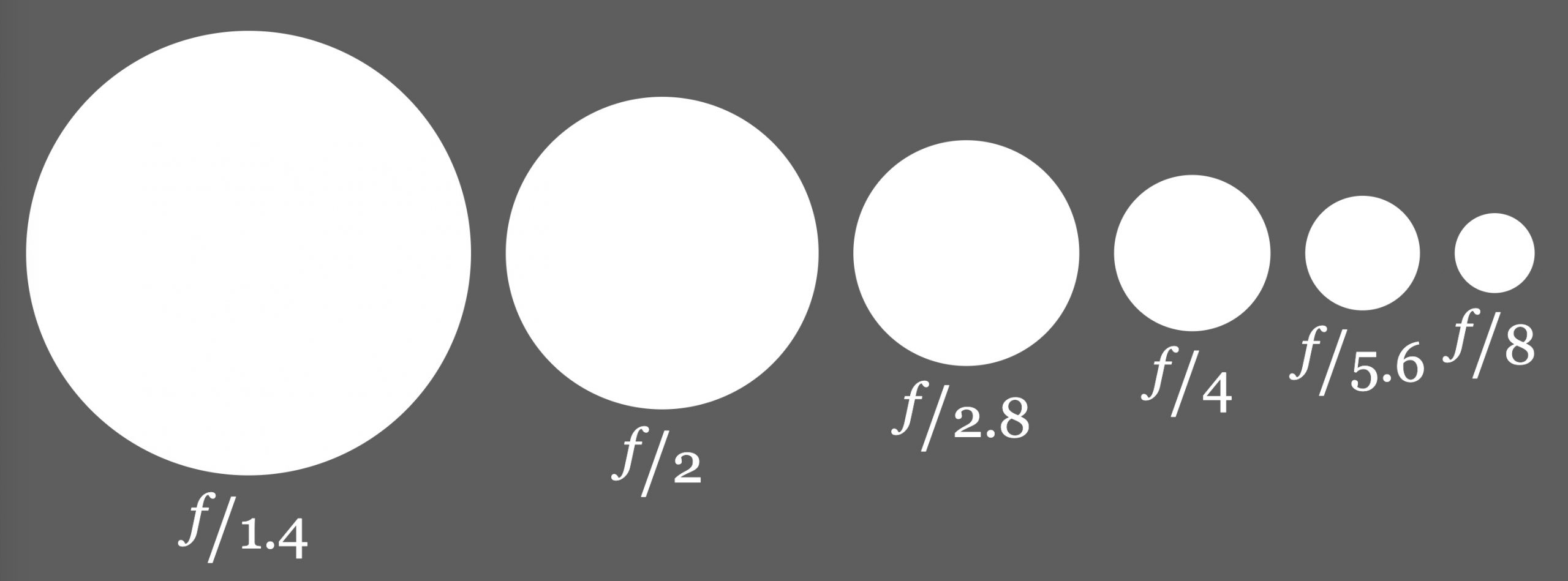
Aperture solves a few problems in photography. When you have a busy background which takes focus away from the main subject, you can “open” your camera’s aperture which throws foreground and background objects out of focus.
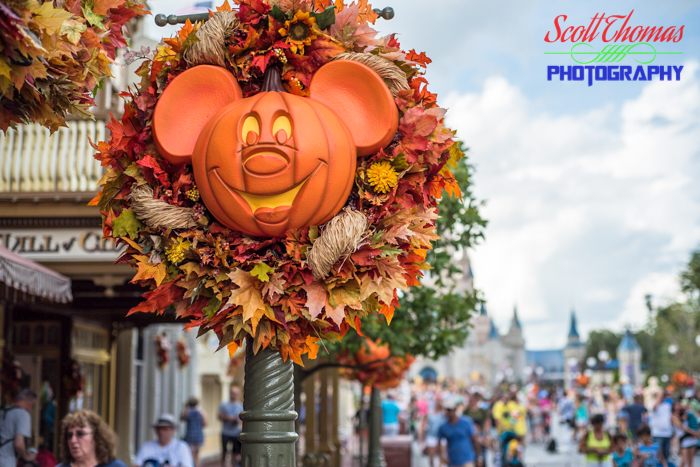
Notice how your eyes naturally see the in focus subject of the Mickey Pumpkin lamp before noticing the out of focus areas.
The reverse problem is when you want everything in focus from the front of a scene to infinity. This is when you “step down” the aperture to f/16 or f/22 depending on the lens then focus about one third into the scene.
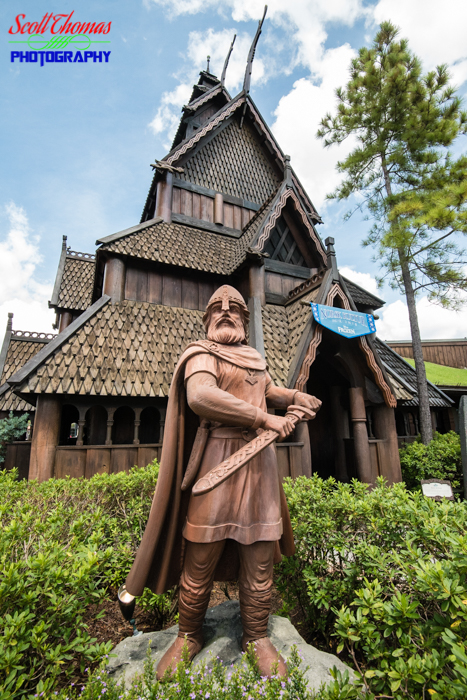
This is called Hyperfocal Length or Hyperfocus. This is the technique landscape photographers use to capture sweeping nature scenes.
For those times you do not have to worry about backgrounds or items in focus far off into the distance, the saying, “f/8 and Be There” is what you want to remember. The apertures of f/8 and f/11 are what photojournalists live by when photographing close in scenes.

If you have a smartphone camera, read up on the different modes and focal lengths of the lens or lenses available. In general, phone cameras will try and keep as much focus as possible with the equivalent of using f/8. Wide angle settings are like using f/16 or better. Recently, phone manufacturers have added Portrait mode which is similar to something like f/2.8 or f/4 to throw backgrounds of of focus.
Be sure to follow @allearsnet on Facebook, Instagram and Twitter!
Click below to subscribe to the AllEars® newsletter so you don’t miss any of the latest Disney news!






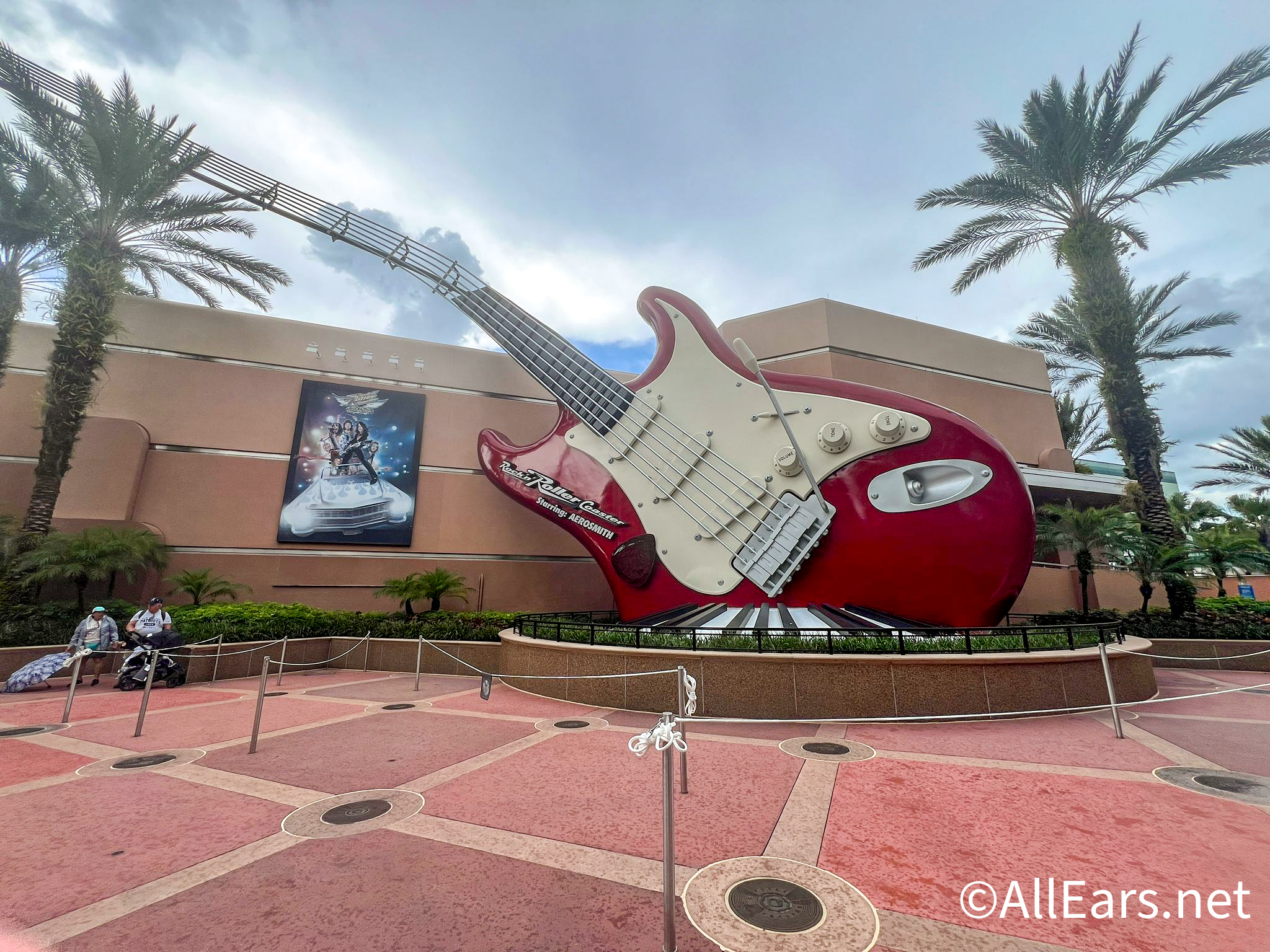
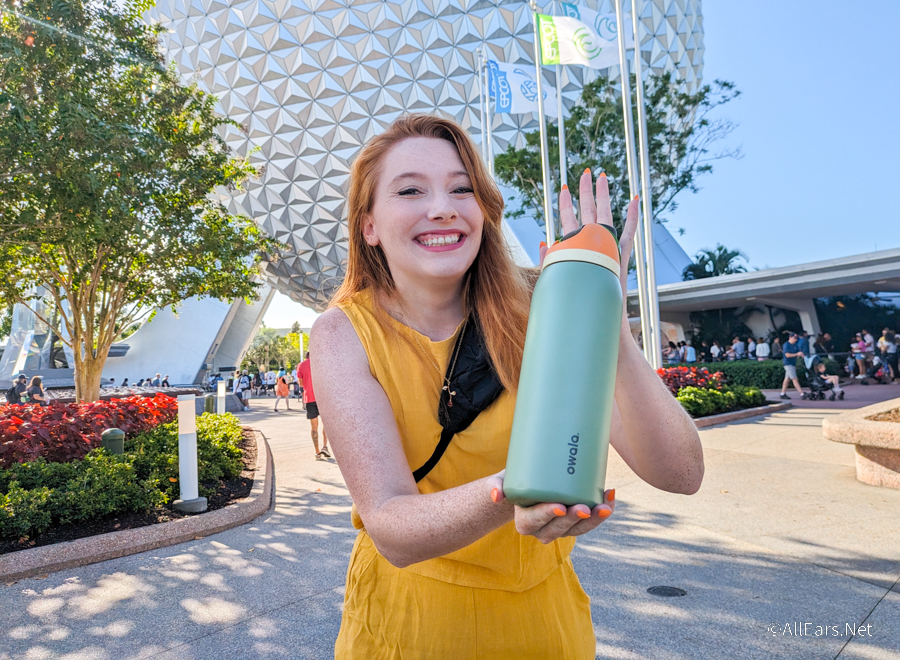

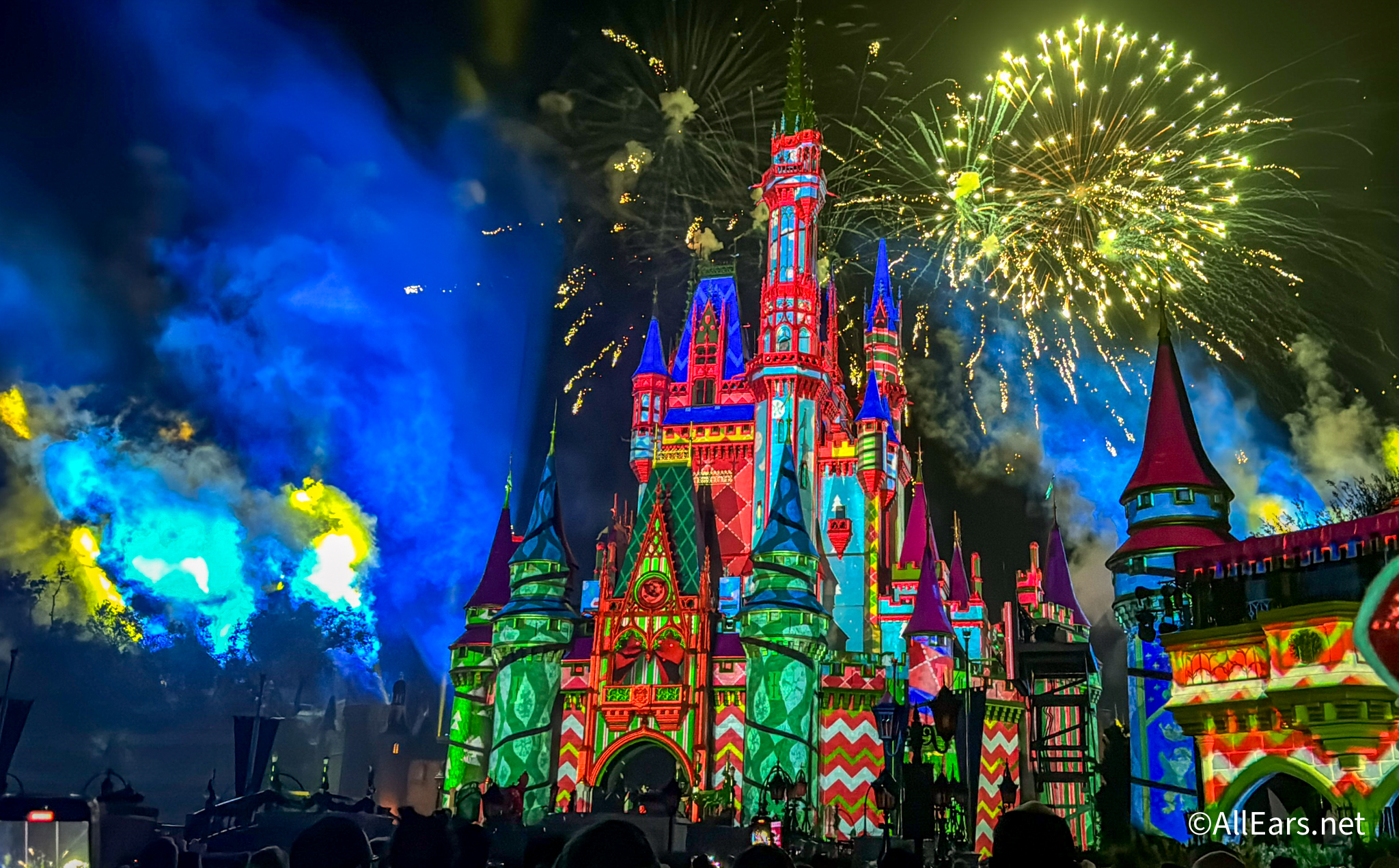



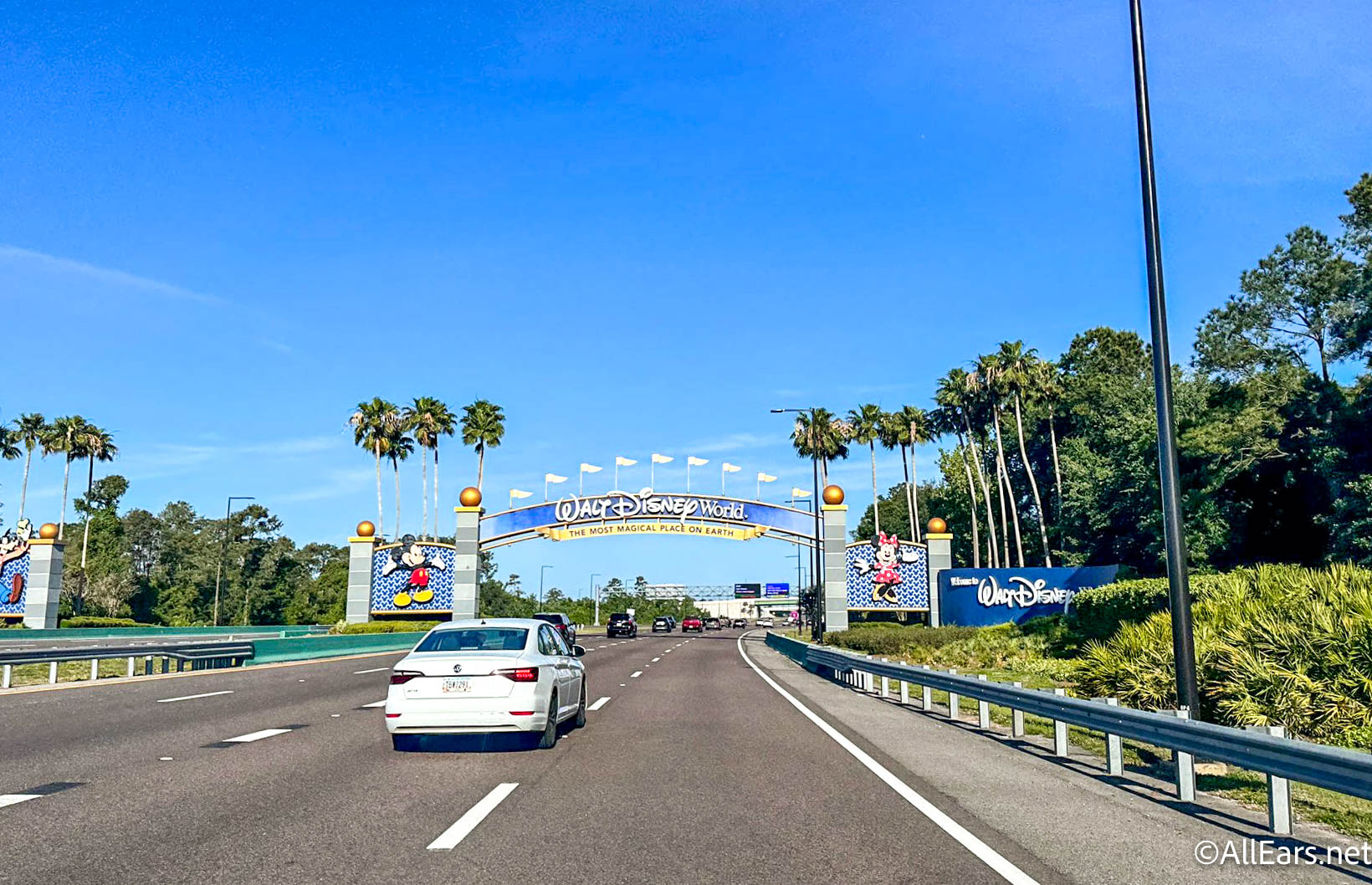
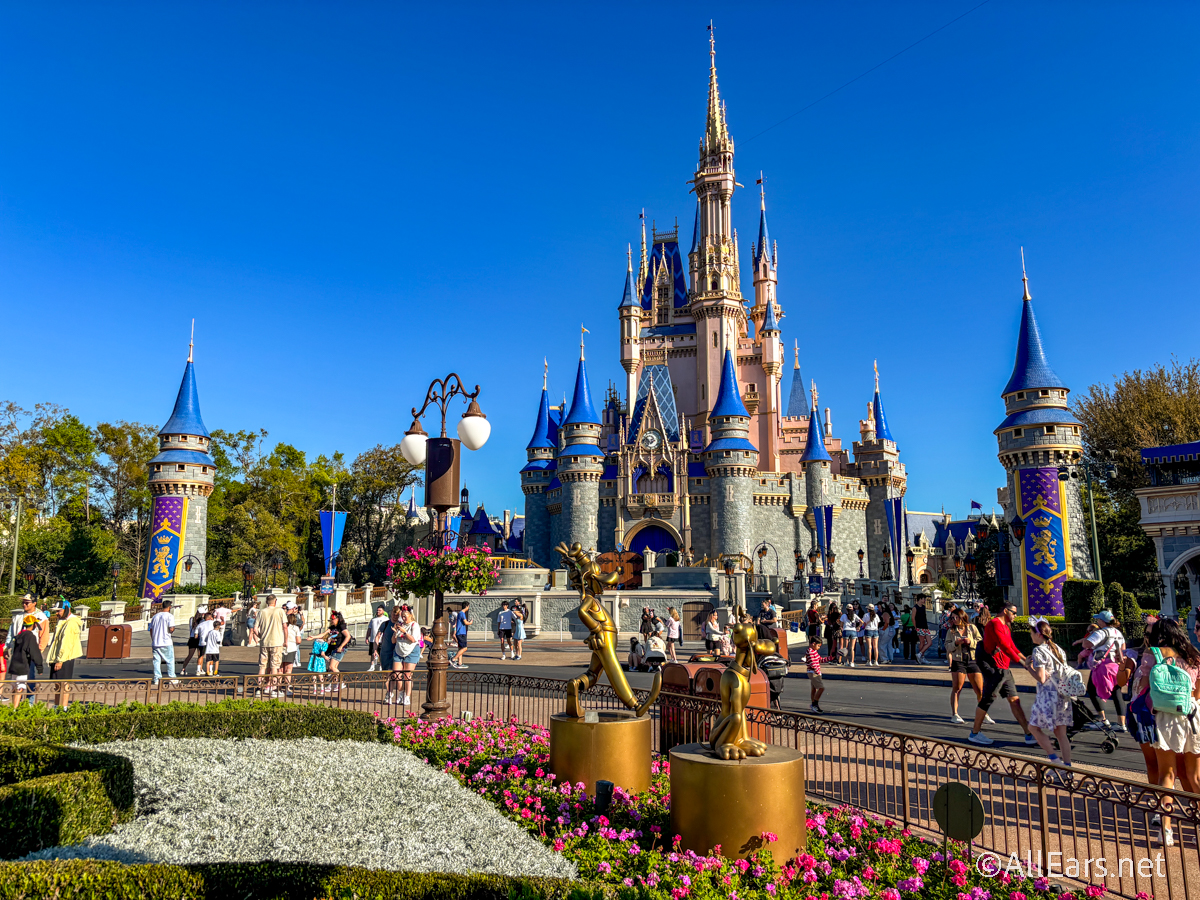

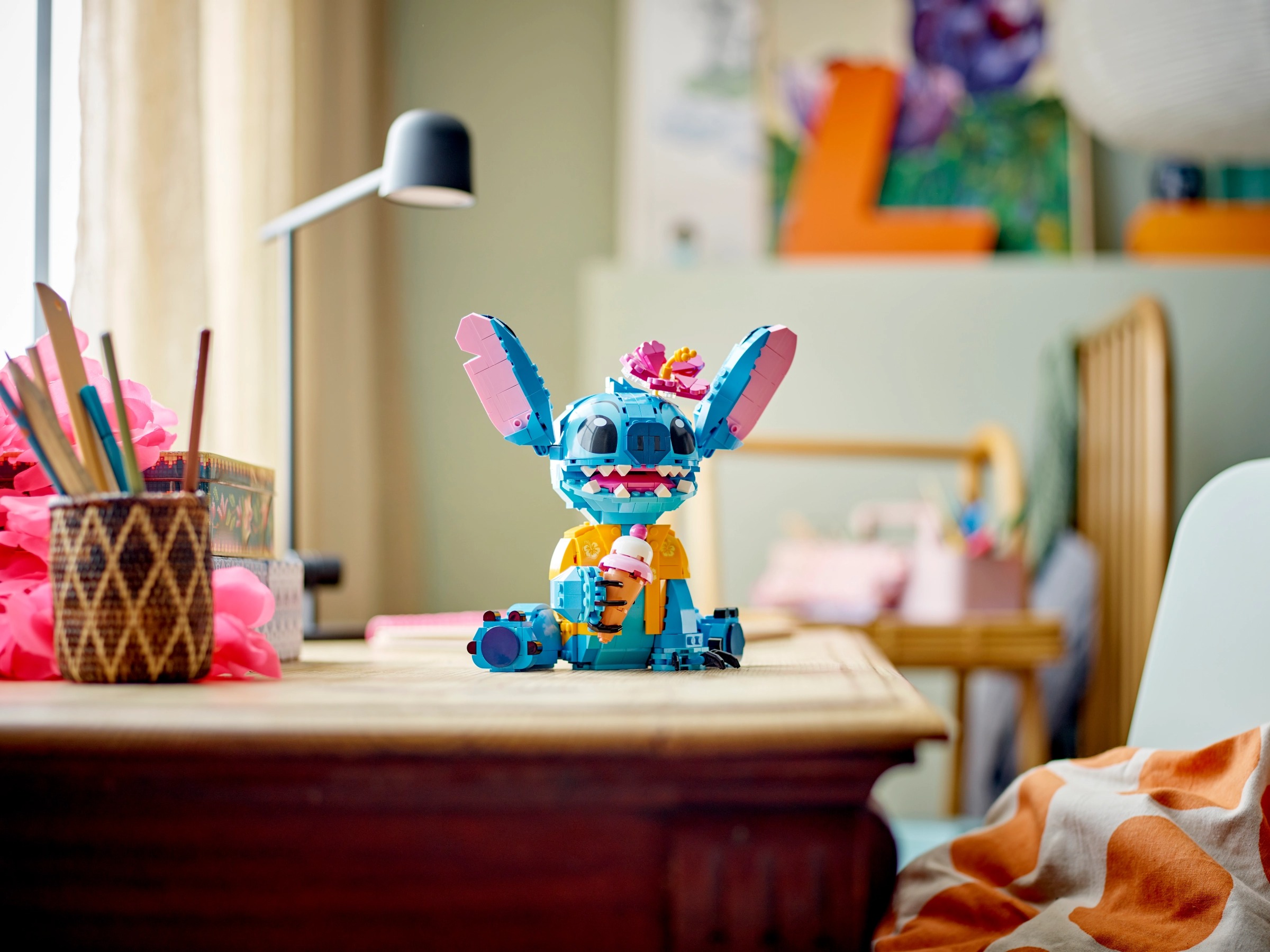



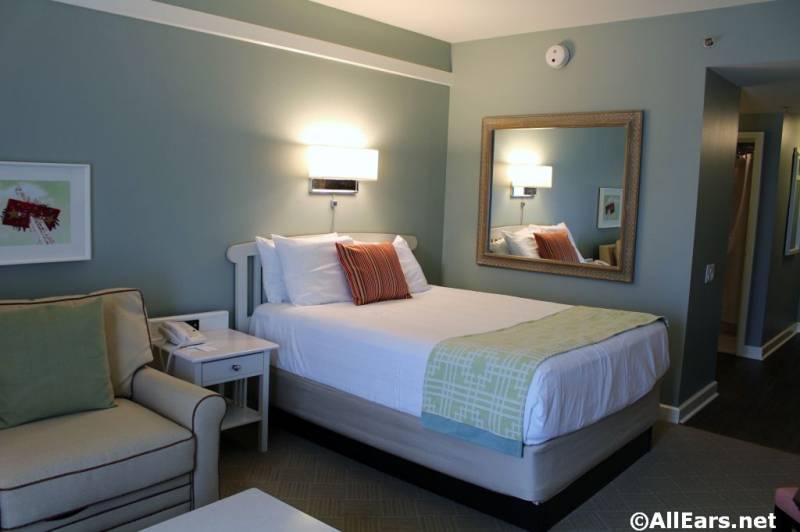



The larger your camera’s sensor the more effectively you will be able to blur background. Sadly, most small sensored phones cannot blur as well as a dedicated camera.
That is true, Anthony. Portrait mode needs to be played with to get acceptable results. For me, it is much easier to get the blurred effect with a fast lens on my dSLR cameras.